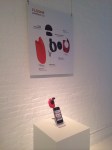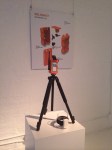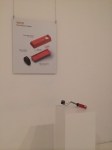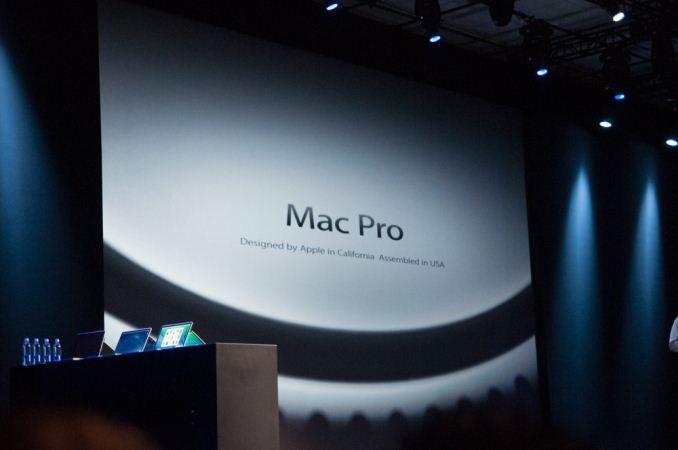My how much the community has grown. The NY Hardware Meetup is at it’s 15th meetup. The MakeIt NYC is at it’s 16th meetup. All the meetups have been chock full of interesting stories coming from the trenches of the hardware scene in NYC. This one is no different except that the attendance was through the roof (see image above of standing room only crowd). By the way the back of the head in the foreground is Jonathan Hirschman organizer of the MakeIt NYC Meetup. If you wanted to know.
This event was a joint event between the NY Hardware Meetup and MakeIt NYC Meetup. Four entrepreneurs presented. After the announcements, next year predictions and sponsor pitches the audience was treated to some great startup stories.
Patrick Raymond presented his Curvit product and the two-year journey from it’s conception to national retail. Curvit solves one of life’s annoyances – it stops “shower cling”, and gives you more space for your daily spritz at the same time. Patrick is the founder of the Inventors Association of Manhattan, and he has hosted of Food Network’s Invention Hunters. It was great to see his progress and he started a Indiegogo campaign.
Coming off of their successful Dragon Innovation crowdfunding effort, Hammerhead Piet Morgan, Laurence Wattrus, and Raveen Beemsingh told the story of how they started. I wish I had a picture of the slide they showed of the iterations of their product. They started out in a apartment in New Jersey. LIving together, sharing space and creating a great product. It was great to hear about their problems they faced and the direction they want to take the company. Motorcycle support is next! They are in the R/GA Connect Devices Accelerator.
Next up was Kurt Workman‘s and Jacob Colvin‘s story about their Owlet product. The product takes baby monitoring to a whole new level. The Owlet Vital Monitor collects heart rate, oxygen and sleep data, and helps keep parents aware of possible indicators of danger. It was great to hear their story. As parents or would be parents themselves they were their own first customer. Their presentation was great and very warm feeling. Showing baby faces on the screen made people say awe. They fielded questions expertly such as “What about the RF signal? Would cause the baby hard”. Their answer was two fold. They said that doctors say the risks out way the value you get from the information and how Bluetooth LE has at least 10 times less power then cellular RF. Their knowledge showed through. Way to go guys. They are also in the R/GA Connect Devices Accelerator.
Next and not least was Ben Melinger. He tells us two stories. The first one was about Smash Cup, a cool green, clean collapsible travel tumbler. I could use this product. I would make coffee at home and then take it with me. Clean it, collapse the cup and through it in my bag. Done. My bag is small so it would fit nicely collapsed. The other product story we heard was bout Fyll, a fashion-forward, tough glass water bottle that keeps water from being flavor enhanced (in a negative way) by plastic or metal flavors. Ben talked about his journey from beginner to pro. He gave the MakeSimply X Education program a shout out. Thx Ben. His story continued by discussing the hurdles he had to over come to get his products to the state they are today. One such hurdle was having to learn SolidWorks. For those that don’t know SolidWorks is a very popular CAD tool that is used to render complex solid 3D drawings and helps you move toward an engineering drawing. The type of drawing that factories want to see. He discussed the huge cost of entry it is to buy this product. He wishes there was a cheaper solution out there that is just as popular. Thanks Ben for your great insights.
All in all it was a great event. We have defiantly outgrown that space. I can’t wait for the next meetup.
Disclaimer MakeSimply, a company I am co-founder of is co-sponsor of this event.











